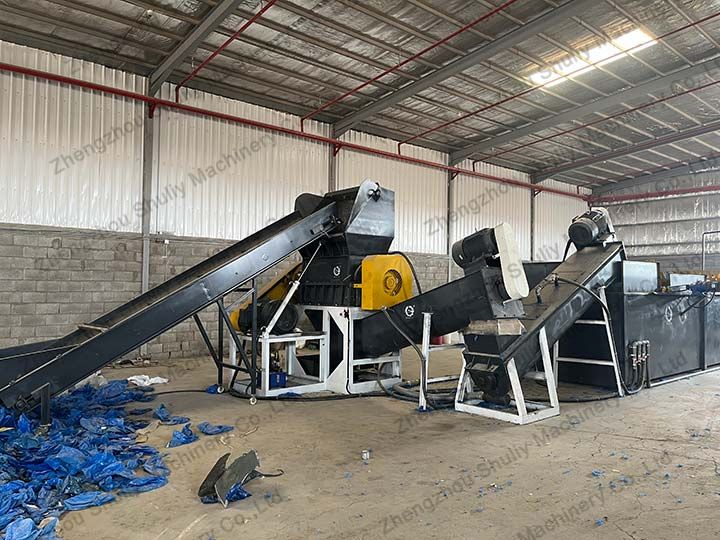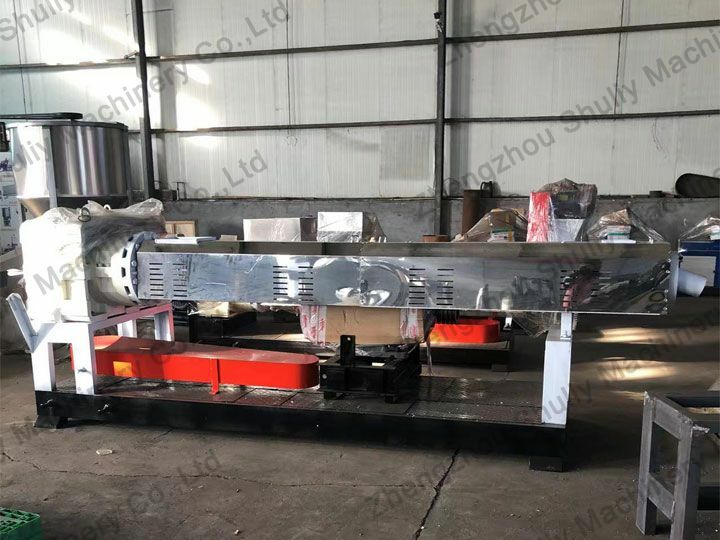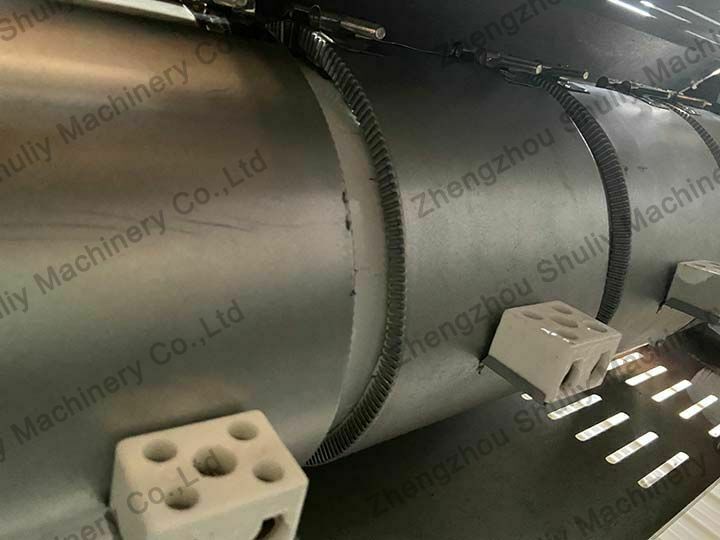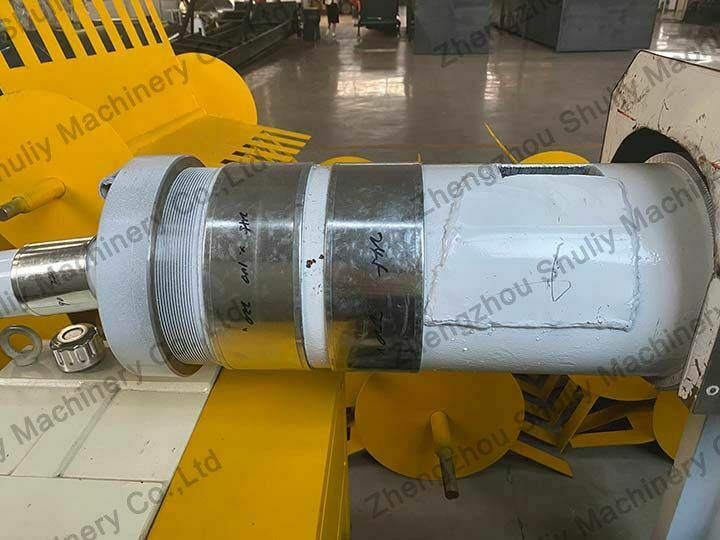What is granulation process for plastic?
What is granulation process for plastic is a common quatation for plastic recyclers. The main step of recycling plastic is crushing, washing and granulating. Today we will introduce the steps for your reference.
Washing and crushing before granulation
For contaminated profiles, used agricultural films and bags, rough washing should be done first to remove foreign materials such as sand, stones and metals to prevent them from damaging the crusher. After rough washing, the waste plastic products are centrifuged and dewatered, and then sent to the plastic crusher for crushing.
After crushing, they are further washed in a rinsing tank to remove the debris embedded in them. If the waste plastics contain oil stains, soak them in an appropriate amount of alkaline water or warm washing liquid, and then stir them to cause friction and collision between the waste plastics to remove the dirt. After that, in order to ensure the quality of the recycled granules, the cleaned plastic pieces should be dried by a professional dryer machine.

Granulation process for plastic
The clean plastic is fed into the plastic granulator machine by a conveyor belt, which is the official granulation process for plastic. The machine screw pushes the plastic into the heating zone, where it melts at high temperatures and is then extruded through the die. The long strips of plastic go into a cooling tank to cool down and shape, and finally a cutter machine cuts the strips into granules.

Shuliy Machinery offers plastic pellet mill with various heating methods, including electromagnetic heating heating, heating coil heating and ceramic heating.



Scrap plastics are different from new resins in terms of performance, which is due to the fact that they have been subjected to the thermal and shear courses of the molding process, and have experienced the effects of heat, oxygen, light, climate and various media during use. Therefore, the mechanical properties of the recycled materials, including tensile strength and impact properties, are lower than those of the original resins, and cracking causes changes in the surface structure, and the appearance quality is much worse than before, with yellowing color and reduced transparency.
The properties of waste plastics can be improved by mixing new materials or adding specific stabilizers and additives, such as antioxidants and heat stabilizers, which can reduce the adverse effects of heat and oxygen during the granulation of waste plastics.
